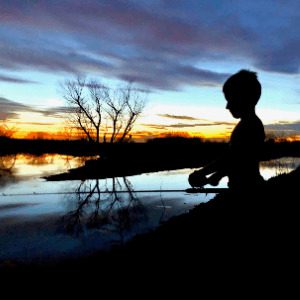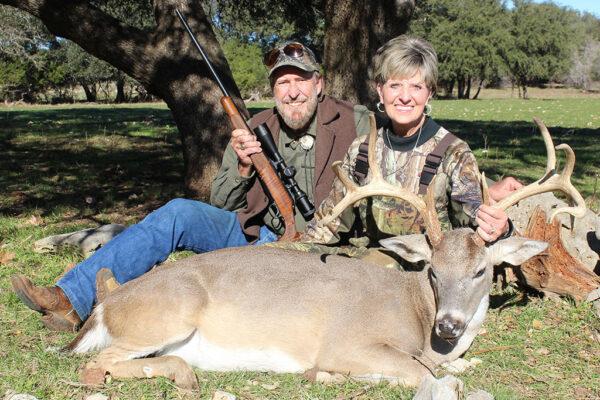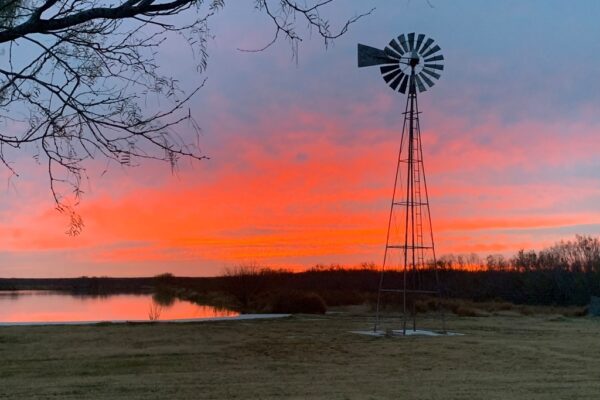By: Dr. James C. Kroll
Editor’s Note: Dr. Kroll has his ear to the ground when it comes to the effect of COVID-19 on the future of hunting in Texas and the nation. Us old-timers have never been involved with anything that will match the coronavirus. It will be interesting to see if our social structure will be permanently affected by the virus and if hunting will sustain itself throughout the world. Dr. Kroll has made some predictions—so read on!
In a previous column, I talked about the present and future impacts of the COVID-19 pandemic on hunting and outdoor recreation in America. There appeared to be both positive and negative impacts at the time of writing my column. In my opinion, the “old normal” of life was hectic, superficial, and the average American has worked too hard and too long, sadly neglecting themselves and their families. Hunting and fishing have suffered over the last two decades, with hunter numbers on a steady decline. Emphasis has been on success and size of antlers, rather than the experience.
I also talked about myself as a young man, when hunting was not a competitive sport and when family gatherings at the hunting lease produced lifelong memories. Friends are not people on the internet, and you do not make friends by killing a monster buck. Friendship comes through actually sharing experiences as they happen in the out-of-doors. Some of my predictions included the fate of foreign hunting, hunting license sales, hunting and fishing equipment manufacturing, and rural land sales. Since the last column, there is more information on these and other issues, so I decided to update my previous column.
I have some dear friends who are outfitters in Africa, and they indeed are some of the hardest hit by the pandemic. I feel so sorry for them, since many have operated for years and had profitable operations, not to mention, providing awesome outdoor adventures. As predicted, however, things continue to be bleak for these operators. Some of my African outfitter friends are stuck with a large inventory of trophy class animals, because, as with all game management, populations must be controlled and properly harvested to maintain genetic quality.
This downturn has affected international hunting organization revenues, which are critical to supporting global conservation efforts. Hunting shows and conventions cannot be done via Zoom conferences because they are far more than trade shows. Our Hunters Extravaganzas are really an annual family reunion of the Texas hunting community. I am fully confident the Extravaganzas will return in force for 2021, especially if the COVID vaccines are deployed early in the year.
In regard to hunting license sales, I predicted an upturn in sales for most states. And indeed, this appears to have happened. With the exception of states that have imposed draconian restrictions on resident hunter movements and non-resident license sales, many states report significant increases. At least for now, it appears that the trend of declining numbers has begun to reverse. As Pennsylvania hunting goes, so goes American hunting! One Pennsylvania vendor reported a 20% increase in license sales for 2020. The Pennsylvania Game Commission reported a 5% increase in general hunting license sales. One reason reported for the increase lies in the inherent “social distancing” of hunting and fishing. As of Nov. 17, a total of 746,202 licenses had been sold, compared to 711,224 at the same time in 2019. By the end of the season, Pennsylvania expects to surpass the 860,743 licenses sold in 2019 by a considerable number.
We see the same trends throughout the country. Michigan, another state where hunting is a long-standing tradition, recently reported over 545,000 hunting licenses have been sold as of Nov. 11, which is about 10% higher than last year. The number of individuals buying licenses, who have not done so in the last five years, increased by 80% to 84,500. Even more impressive is that license sales to women and young people also have increased by about 20%.
License sales also have increased even in Texas, where hunting is a deeply ingrained tradition. The Texas Parks and Wildlife Department reports an increase in sales, with one report by a Wichita news outlet, https://www.texomashomepage.com/, that the number of combination hunting and fishing licenses sold has increased by more than 50,000 since last year. Fishing license sales also increased by more than 70,000.
In regard to trends in manufacturing of hunting and fishing equipment, we have seen significant shortages due to significant supply chain issues. More and more industries are formulating plans to bring supply chains back home to America, as China and other Asian countries have become unreliable, both in the quantity and quality of manufacturing support. This may produce short-term shortages and long-term increases in cost. Since my last column, I have been contacted by a host of “mom and pop” companies who genuinely are concerned for their future. Unfortunately, I fully anticipate losing some of these valued friends, who in my opinion have been the backbone of innovation in outdoor equipment. We will continue to see shortages well into the 2021 hunting/fishing seasons.
A September round table of some of the top real estate professionals in the nation occurred on Sept. 22 to discuss impacts of COVID-19 on rural land sales. They consistently report significant upswings in demand for rural housing and small tracts of land. As I predicted, there is a population shift going on from metropolitan areas and highly populated states to less populated and less regulated states such as Texas, Florida, Oklahoma, Tennessee, South Carolina, Arkansas and Louisiana. The high-end real estate market ($2 million plus) also has exploded in Rocky Mountain states such as Colorado and Montana. The new work-at-home lifestyle has allowed people to live almost anywhere, while achieving their job responsibilities. These are trends I do not anticipate changing in the future. The day of large corporate facilities or “campuses” is waning and probably never will return.
Yes, all of these reports are encouraging, but how do we sustain these trends? Recent interest in living in a rural environment and relying more on locally produced produce and protein may not be a fad. Real changes are underway. Yet, will hunting and fishing benefit in the long haul?
It will depend on how the outdoor industry, hunters and fishers take advantage of the movement. A research program underway, headed up by Louisiana State University scientist Dr. Steve Midway, strives to discover ways to keep the momentum going. I am not aware of significant findings at this point, or recommendations for action. At least studies are underway that may help formulate a coordinated, national plan. Time will tell.
I think there is an opportunity to highlight the advantages of the outdoor lifestyle. The trick will be getting an attractive message developed and then finding ways to increase public awareness of our wonderful lifestyle. This includes a change in outdoor programming, magazines and social media. We need to move away from “Look how big my buck is,” to “Hey, what a wonderful, healthy family-oriented experience I am enjoying!”
There are a handful of programs on outdoor channels that show promise, such as “Farming the Wild,” with Mike Robinson; “MeatEater,” with Steve Rinella; and “Jim Shockey’s Hunting Adventures.” These programs highlight the experience more than the trophy. Lastly, The Journal always has been about the experiences of our members. Editor Horace Gore and his staff are dedicated to increasing content to meet the changing interests of our readers.






